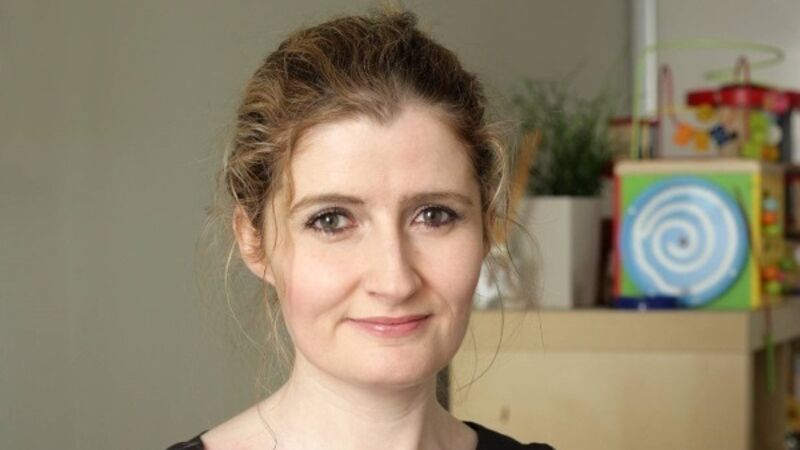After-school activities: Keeping all the balls in the air

When it comes to after-school activities, explores whether or not you can have too much of a good thing.
My children have wide and varied interests. I embrace this wholeheartedly most of the time, marvelling at their differences, in spite of the same ingredients — except when it comes to afterschool activities — then I wish they could all be interested in something that offers progressive sibling discounts and takes place at the same time.








